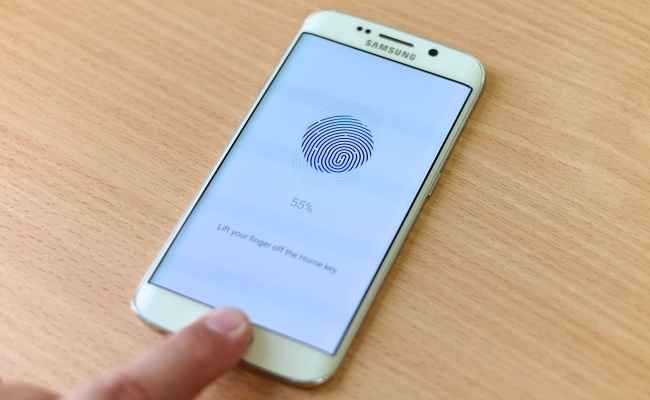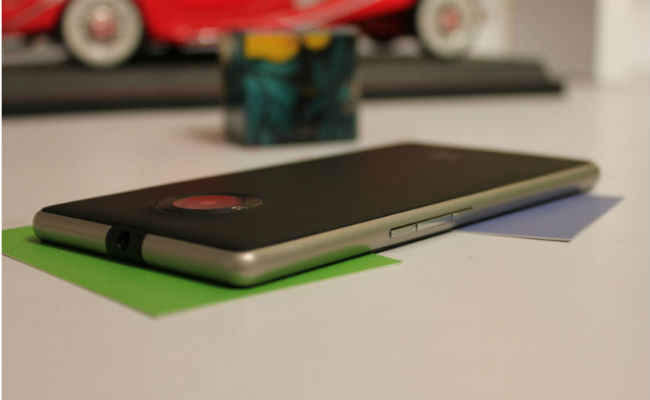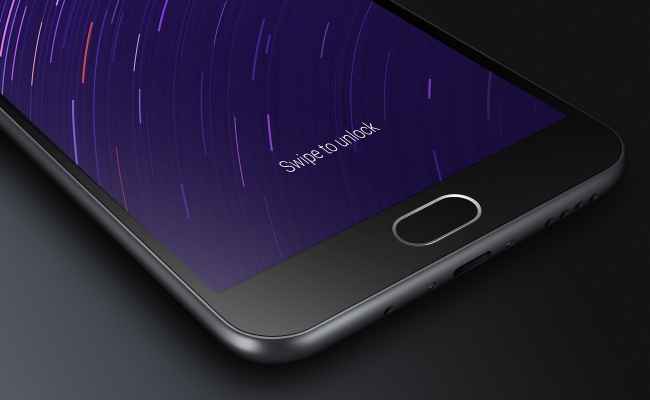These premium technologies that are trickling down to affordable smartphones

Fancy features like fingerprint sensors and waterproofing aren't premium any more. Here's looking at a few features that were once premium, but are deemed more commonplace now
The smartphone industry keeps on evolving everyday, and nothing is really constant. Most of the 'fancy' technologies and innovations start by featuring in expensive smartphones, and gradually make their way down to affordable ones. But, in recent times, there is a bridging of gap between technologies used in lower- and higher-budget smartphones. We looked at some of the technologies that are usually found in expensive smartphones, but are coming to affordable phones too.
Waterproofing:
Waterproofing saves your phone from being damaged in a water splash. You can just wipe the water from the phone and start working like nothing happened. Earlier, you would expect it to come only with high-end smartphones. But now, you can get them on affordable devices, like the recently-launched Motorola Moto G (3rd Gen). The phone can survive 30 minutes in three feet of water, and marks the beginning of waterproofing technology in affordable smartphones. Other manufacturers will surely follow it soon.
Laser-assisted Autofocus:
Laser autofocus (or, in correct connotation, laser-assisted autofocus) is one of the technologies that wasn't expected to make its way to the affordable segment of smartphones soon. Smartphone cameras having laser-assisted autofocus ability shoots out a laser beam, which hits the subject being photographed. It then resonates back to the camera, after which algorithms calculate the time taken by the beam to travel. It helps in determining the distance of the subject from the camera, enabling faster focusing and depth of focus. The Asus Zenfone 2 Laser is the first smartphone to introduce it in the affordable segment.
Fingerprint Sensor:
You might have seen people unlocking their smartphone by simply using their fingers, but when you use their phone, you have to enter a password or draw a pattern. Well, that’s because your fingerprint isn't registered on their sensor. Not only this, in certain regions, the technology also lets you make payments while shopping. Pretty cool, but you would have seen it only in expensive devices. However, things have started to change. Now, you can easily find devices which will fit your budget and give you fingerprint security. Some of them are Xolo Q2100, Swipe Sense, and Elephone G6.
Higher fidelity audio:
A smartphone's audio quality is one of its most important yet often-neglected features. To get audio quality delivered by Dolby Atmos, Dirac, or Wolfson chipsets, you would probably expect to shell out a huge amount of money. Now, you can get these technologies on affordable range of phones, although as of now, there are only a few phones. For example, Meizu M2 Note supports Dirac HD sound, Lenovo A7000 supports Dolby Atmos, and Micromax Canvas Xpress 2 features a Wolfson chipset.
Metal/alloy in Production:
Earlier, buying an affordable smartphone meant compromising on build quality. You would be getting plasticky built which wasn't necessary as strong as a metallic build. But as the smartphone industry fills up with competition, manufacturers doing all they can to lure customers. This approach has led them to consider build quality and thus, they introduced metal/alloy on affordable smartphones. Phones lke the Yu Yuphoria come with a metal build.
Display Panel Tech:
The type of display panel used in smartphones is definitely one of the most crucial aspect on a smart phone. There are various types of display panels like Retina, AMOLED, Super AMOLED, IGZO, LTPS, OLED, etc. but these used to come with high-end expensive phones. But now, you can get the IGZO display within your budget thanks to the Meizu M2 Note.
While its is true that there is still a long way to go before these high-end technologies become mainstream on moreaffordable smartphones, but as Bob Dylan said, "these times they are a-changing."










